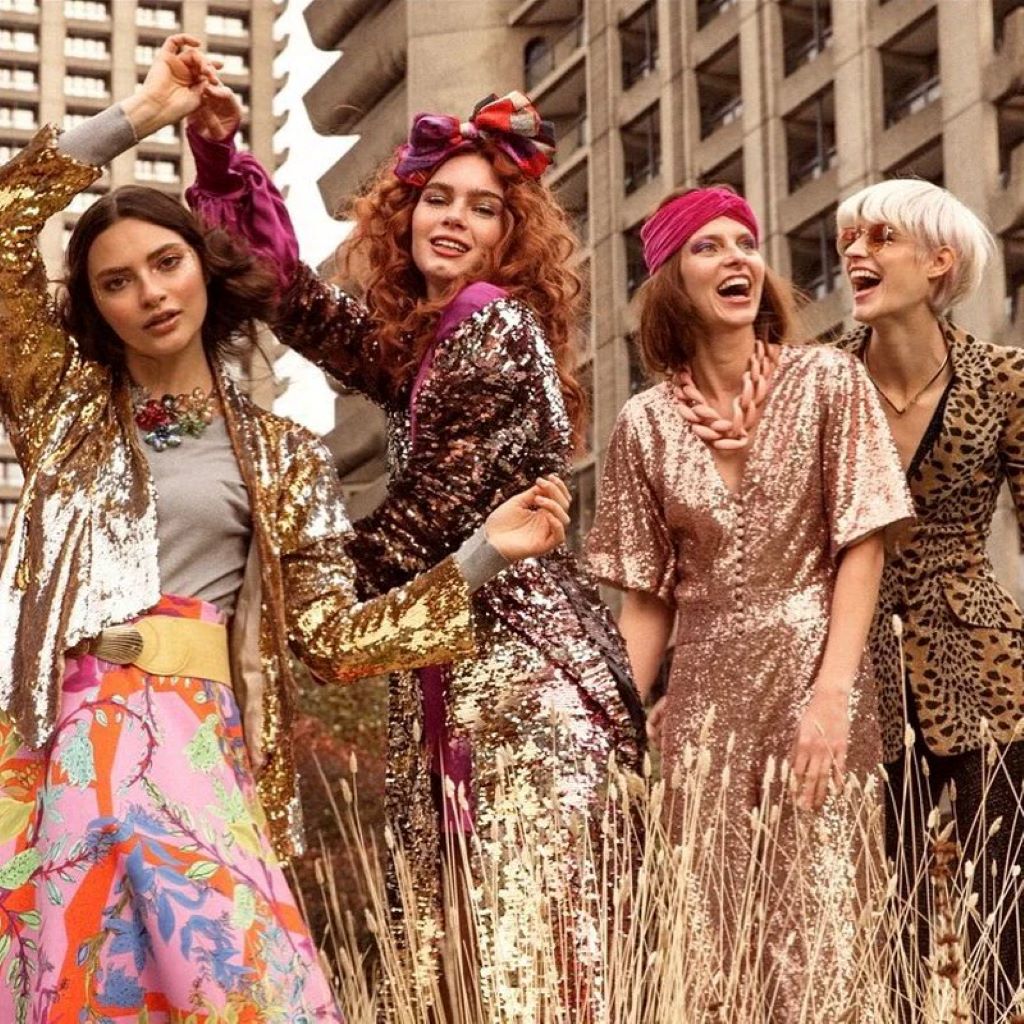Trying to do something different with a product and at the same time humanitarian, is a game few companies play. The sociopathic land of selling has little place for ethics. Which makes it all the more surprising that a few brands have begun to step up. These companies have made a pledge to use body-positive models in their advertising campaigns, and each has said it will not airbrush, Photoshop, or touch up the photos they use in their marketing. The aim is to show people honestly, and not promote a destructive and impossible standard of beauty, just like how high roller casino promote bonuses and promotions.
While some people believe that advertising doesn’t affect them, studies have shown that marketing materials have shaped our culture in more ways than other forms of media. One of many ways to accomplish this is through imagery that will remain in our visual brains for times much longer than written or spoken communication. In this article from fast payout casinos, we will be listing a few companies that have shown that reality is more beautiful and humane than fiction.
Seventeen
Most brands that have shown their public affection for honest imagery are usually smaller operations that sell their goods. That’s an important distinction, as a retailer putting out false images of their products for sale is intentionally misleading in the market. Brands that are selling an idea, service, or image aren’t as bound by whatever passes for “ethics” in the marketing world. Seventeen is one such huge exception. Seventeen can alter and airbrush what is being given to the publication as they are not trying to sell you the things pictured by the media.
They stopped due to the body shaming campaign that was started by 8th grader Julia Bluhm – making computer alterations to pictures put on their editorial pages, it was a much bigger strike.
Though advertisers who pay Seventeen to feature their products are still free to do all the airbrushing they want. So, beware of the ads in the teenage glossy.
ModCloth
ModCloth was the first retailer to sign an anti-photoshopping pledge as part of a Truth in Advertising bill. The vintage decoration and cloth company stated that if the company alter any image in any way, the image must be tagged so it’ll be clear that it has been falsified to sell merchandise.
They also claim that they will not be changing the size, proportion, shape or colouration of the models being depicted. Due to this, ModCloth rarely made any changes to their models in post-production, so the shift was relatively easy to make.
ASOS
While ASOS wasn’t the first clothing retailer to move into this section, its advent was one of the most notable in the media. They started leaving stretch marks on the bodies of their models in all pictures released. The appearance of natural skin was so striking when compared with the modified options that it made the fakes all that more alien in appearance. It also, according to many, improved their feeling about their clothing as they didn’t feel as ashamed of their bodies when they saw that even the most gorgeous people on the planet have flaws.
Aside from showing stretch marks on their models, ASOS also offers a clothing line for the heavier among us. For this line, they used plenty of “plus-sized” models to show how normal frames look in their clothing. Again, realism translated into not only sales but loads of free media. When people could see how they would look in clothes, they were much more likely to buy than if they saw how an impossible Adonis looked.




